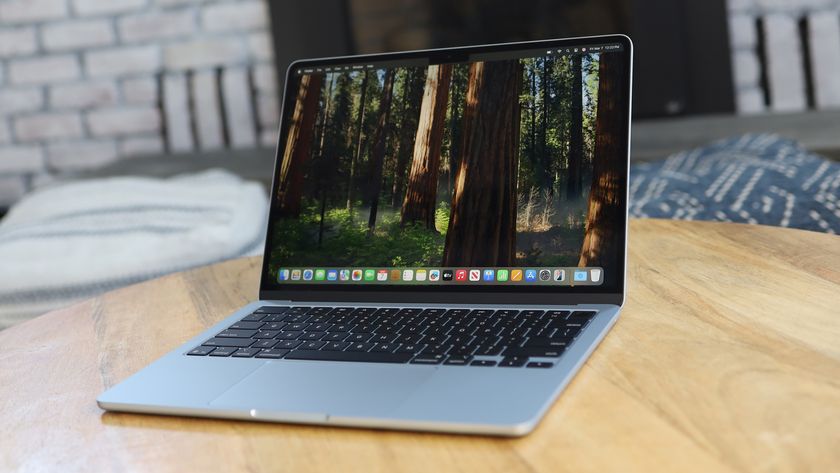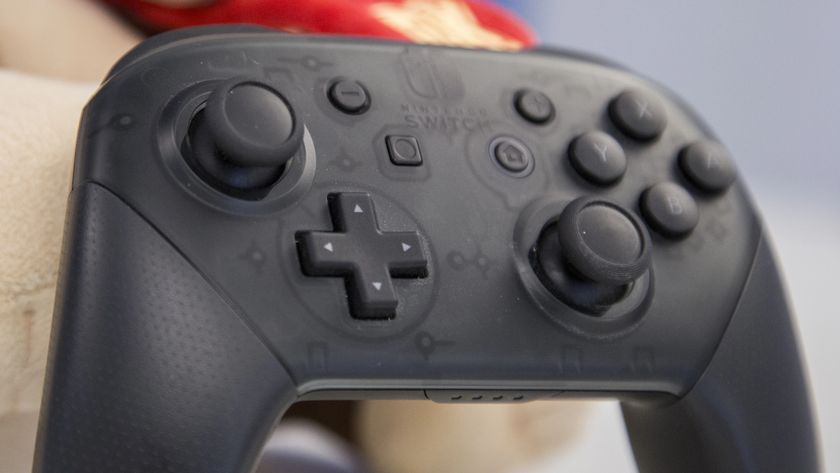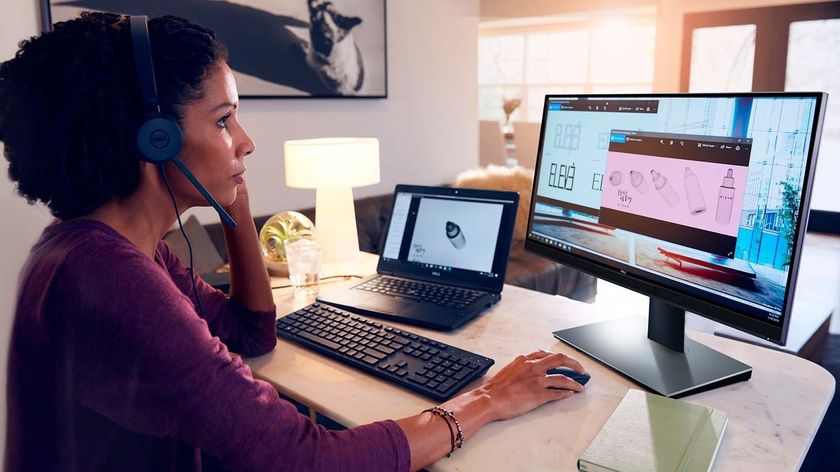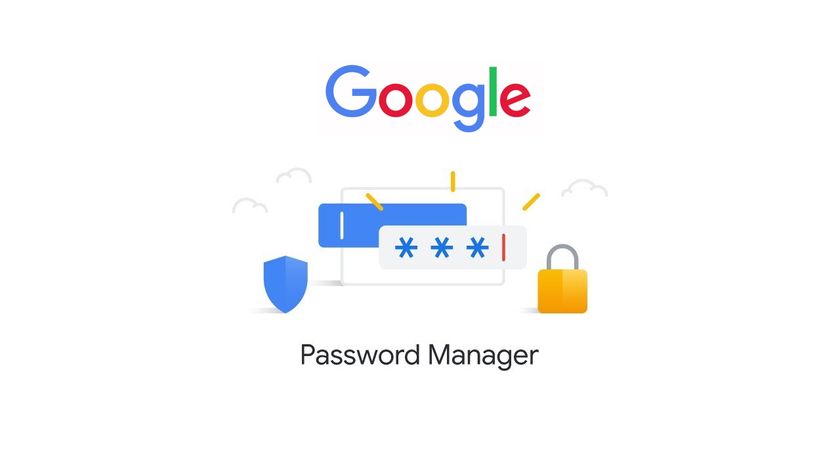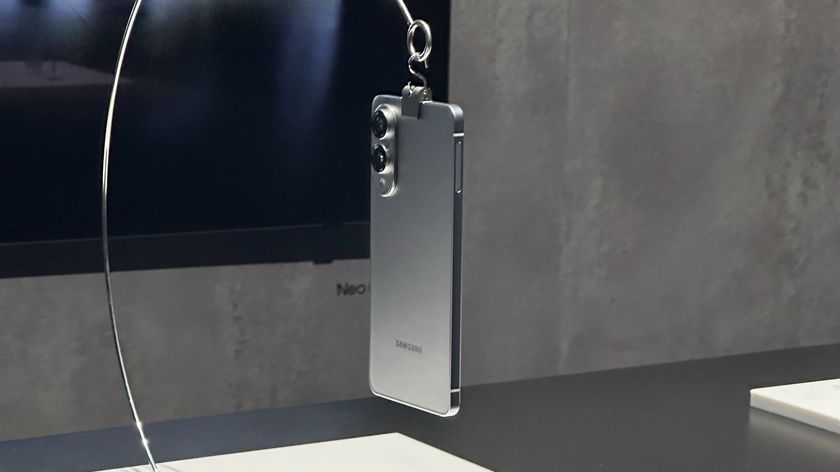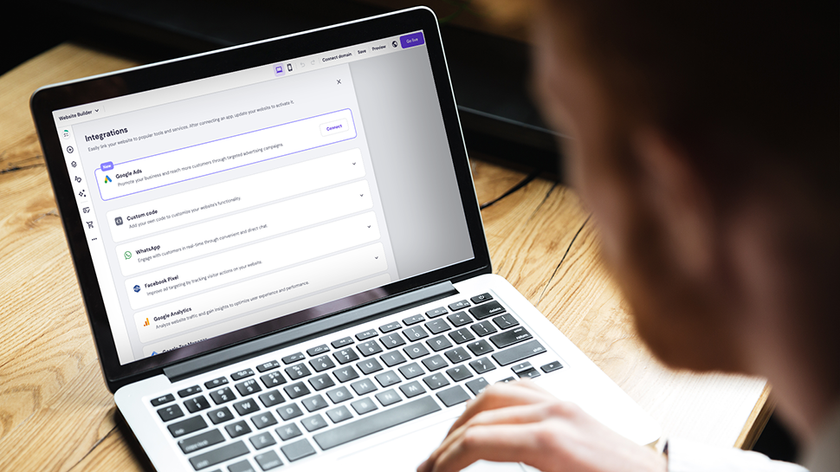5. Share your photos, print anywhere
So far we've really focused on iTunes sharing, its benefits and its pitfalls. What about giving everyone access to your photos? Luckily, many of the concepts we've explained so far are relevant for iPhoto too. To activate sharing in iPhoto '08, simply go to iPhoto > Preferences > Sharing and click the Share My Photos checkbox. As with iTunes you can choose what to share and what not to share.
The other option is again to make your iPhoto library truly share-able by copying it to a location where everyone can access and edit the content. The difference this time is that iPhoto expressly warns you when someone is in the middle of editing a photo you're trying to access. This may be a good or a bad thing, depending on how much of a control freak you are – after all, it's not nice to discover that someone's drawn glasses, a big nose and a moustache on every picture of you, even if you have those physical attributes already…
Finally, don't forget that you can use your AirPort Extreme, AirPort Express or Time Capsule router for wireless printing anywhere in your home. Simply hook your printer up to the relevant USB port, install any required drivers and then add it to your range of printing options by selecting K > System Preferences > Print & Fax, where it should pop up automatically.
Your Mac as part of the true digital home
Although Apple has made tremendous efforts to deliver the digital home experience to ordinary Mac users, the truth is that it's still a minnow where truly multi-room home automation and integration is concerned. While this would never be admitted, it's partly Apple's fault – its insistence on the cross-platform implementation of FairPlay DRM effectively prevents third-party systems from using afflicted content; but it's also the nature of the beast.
Companies such as AMX, Crestron and others would much prefer that you spend thousands, or even tens of thousands of pounds on their proprietary solutions – chiefly because custom-installed, robust, wired connections are still preferable to anything wireless, and not just because of concerns over the quality of streaming media. Indeed, true home automation and digital home integration encompasses practical applications as varied as heating and ventilation, blind and curtain control, home security and lighting.
Get daily insight, inspiration and deals in your inbox
Sign up for breaking news, reviews, opinion, top tech deals, and more.
Having said that, there is some meeting of minds: Sonos makes the most Mac-friendly multi-room solutions by far, enabling you to hook up its range of Zone players, amps and speakers to the Mac so that you can pipe iTunes audio to up to 264 rooms in your home (although we doubt Bill Gates has this particular setup). You can buy a Sonos Bundle 150 starter system comprising two Zone players and an iPod-like remote control for £699.
We tip our hats to Denon, too, whose high-end AVC-A1HD home cinema receiver (£3,800) has been expressly designed to be platform-agnostic – and that just happens to include FairPlay-free iTunes AAC files. It even supports photo streaming from your Mac to large, flat panel TVs.
Most solutions are focused on using the iPod as the source of all content, with hi-fi companies such as Arcam, Denon and Harman Kardon selling iPod docks that dovetail into their audio and video solutions.
It's quite possible that DRM (Digital Rights Management) won't be with us that much longer, however. The iTunes Store is already offering some music tracks as DRM-free under the banner of iTunes Plus. They are more expensive, but recorded at a higher bit rate than standard iTunes tracks. Steve Jobs is no fan of DRM, either, but since Apple doesn't own or control the music on the iTunes Store, the company is at the mercy of the "big four" record labels.
